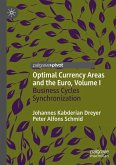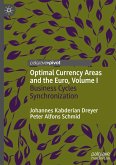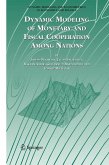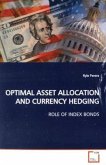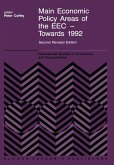Even before its launch, economists questioned whether the Euro Area had what it takes to become an optimal currency area. The onset of the crisis in 2010 confirmed challenges in its construction that many had partly predicted. But has the Euro Area changed over time, and what key drivers are necessary to strengthen it in the future?
This is the third of three volumes that use optimal currency area theory and applied econometric techniques to provide a compact analysis of the Euro Area, its evolution and future perspectives. This volume is dedicated to a criterion often seen as critical for an optimal currency area: a risk-sharing mechanism. Did the Euro Area s stabilization mechanisms work as intended? In this timely book, the authors discuss the extent to which the Euro Area has developed fiscal transfers, insurance schemes, and financial markets that allow its members to share macroeconomic risks and smooth asymmetric shocks. The book is of interest to a wide range of researchers in financial economics, macroeconomics and economic policy.
This is the third of three volumes that use optimal currency area theory and applied econometric techniques to provide a compact analysis of the Euro Area, its evolution and future perspectives. This volume is dedicated to a criterion often seen as critical for an optimal currency area: a risk-sharing mechanism. Did the Euro Area s stabilization mechanisms work as intended? In this timely book, the authors discuss the extent to which the Euro Area has developed fiscal transfers, insurance schemes, and financial markets that allow its members to share macroeconomic risks and smooth asymmetric shocks. The book is of interest to a wide range of researchers in financial economics, macroeconomics and economic policy.


